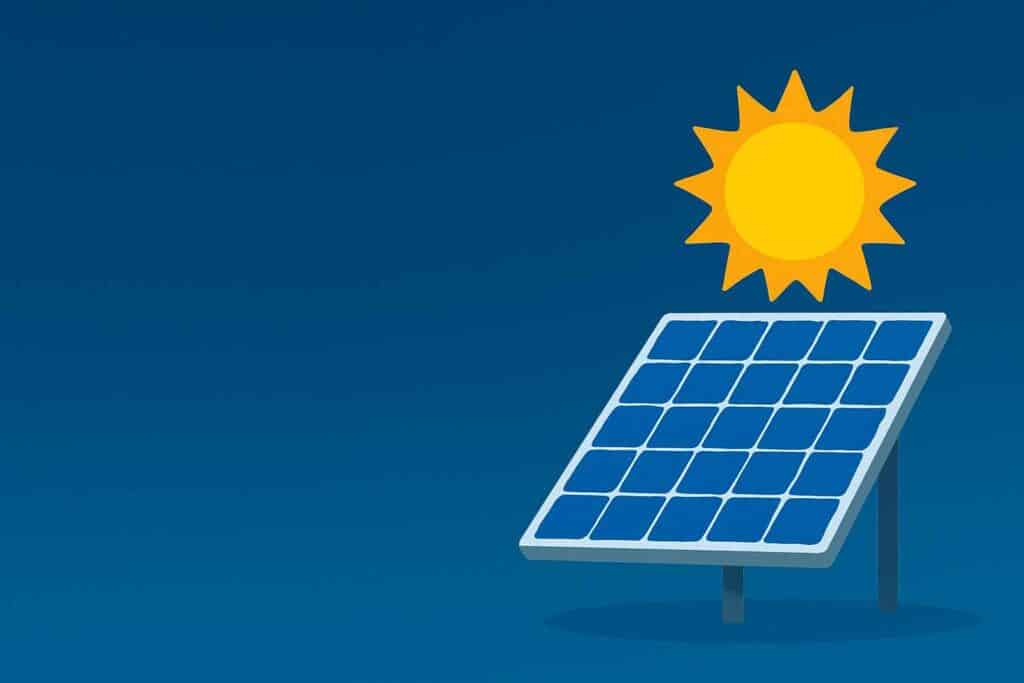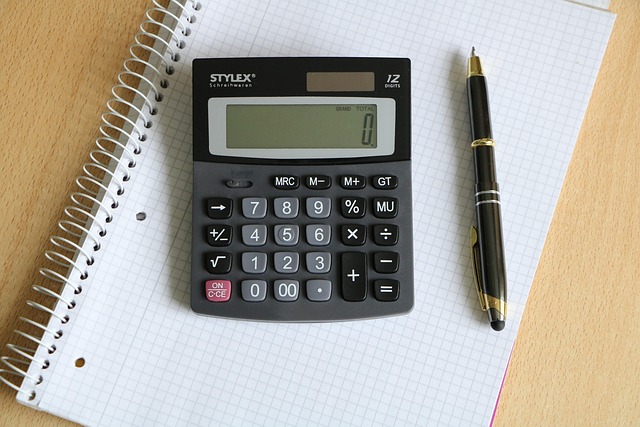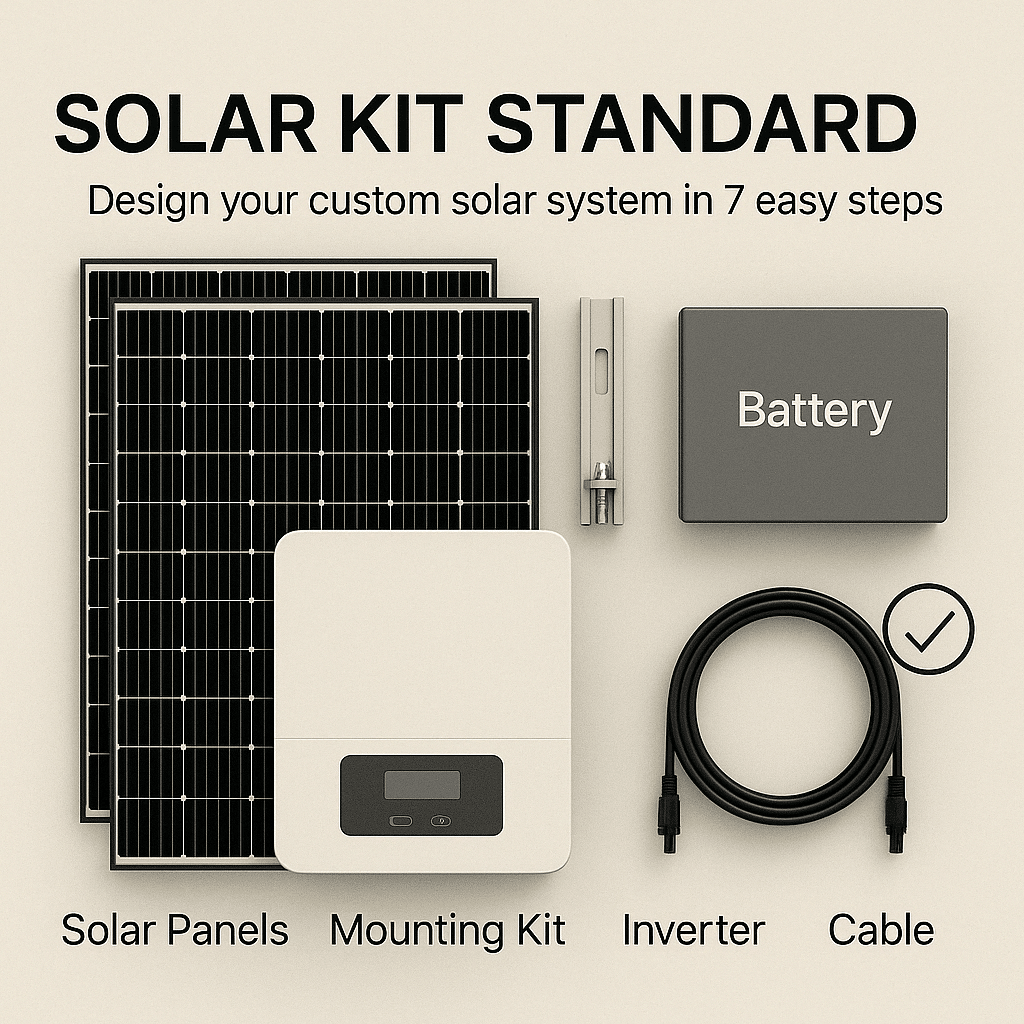📦 Fast Delivery – Order Now!
💸 Shop Safely – 100% Money-Back Guarantee
👨🔧 Lifetime Customer Support
📦 Fast Delivery – Order Now!
💸 Shop Safely – 100% Money-Back Guarantee
👨🔧 Lifetime Customer Support
Have you ever looked at a rooftop covered in solar panels and wondered how much energy they actually make? Or maybe you’ve thought about getting them and felt confused by all the talk about “efficiency”? The idea of clean energy from the sun is amazing, but it’s important to understand how we measure its power. Solar panel efficiency is just a simple way to say how much of the sunlight hitting the panel gets turned into electricity you can use. In this post, we’ll walk you through how to calculate this photovoltaic efficiency calculation and talk about the things that really make a difference in a panel’s performance, helping you figure out what makes a good solar panel.
Before we dive into the numbers, let’s understand the fundamental idea. Efficiency is a measure of how well a system converts energy from one form to another. For a solar panel, this means converting sunlight (light energy) into electricity (electrical energy). The efficiency of a solar panel is a simple ratio: the electrical power it produces divided by the power of the sunlight hitting it. This is the core concept of photovoltaic efficiency calculation.

With those basic concepts in mind, we can look at the official formula for calculating photovoltaic efficiency, which is represented by the Greek letter eta (η).
The formula is as follows:
η=PinPout=G×AVmpp×Impp
Let’s break down each of those variables:
| Variable | Symbol | Description |
|---|---|---|
| Efficiency | η | The efficiency, typically expressed as a percentage. For example, an efficiency of 0.20 is 20%. |
| Voltage at the maximum power point | Vmpp | Measured in volts (V). |
| Current at the maximum power point | Impp | Measured in amperes (A). |
| Solar irradiance | G | The power of sunlight per unit area, measured in watts per square meter (W/m2). |
| Panel area | A | The total surface area of the solar panel, measured in square meters (m2). |
Let’s imagine you have a solar panel with a total area of 1.6 m2. Under specific conditions, it produces a maximum voltage (Vmpp) of 30 V and a maximum current (Impp) of 8 A. The solar irradiance (G) at that moment is 1000 W/m2.
This means your solar panel is converting 15% of the available sunlight into usable electricity under these conditions, a good example of photovoltaic efficiency calculation in action.

While the efficiency formula provides a clear picture, the real world introduces several factors that can change how well a solar panel performs. It’s not just about the sun being out—it’s also about what’s happening around the panel.
For example, temperature plays a significant role. Solar panels, like most electronics, work best when they are cool. As a panel gets hotter, its voltage drops, which in turn reduces its overall power output. This is why a sunny, but cool, day can often be more effective for power generation than a scorching hot one.
Beyond temperature, even a small amount of shading can have a surprisingly big impact. If a leaf, a tree branch, or a chimney casts a shadow on just one part of a panel, it can significantly decrease the power output of the entire panel—or even an entire string of panels connected together. This makes proper placement critical.
Finally, a less obvious but equally important factor is dirt and dust. It might seem simple, but a dirty panel is an inefficient one, as grime, pollen, and bird droppings can block sunlight from reaching the solar cells. A simple way to maintain your panel’s efficiency over time is through regular cleaning.
When you look at a solar panel’s specifications, you’ll see its photovoltaic efficiency rating listed. This number is always determined under a very specific set of laboratory conditions called Standard Test Conditions (STC). STC is like the “official” score for a panel, and it’s essential for comparing different products on a level playing field.
STC is defined by three main criteria:
However, in the real world, you’ll rarely encounter these perfect conditions. Sunlight intensity changes throughout the day, and panel temperatures often soar well above 25°C
on a sunny rooftop. This is why your panels will likely produce slightly less power than their STC rating suggests. It’s important to remember that the STC rating is a benchmark for comparison for photovoltaic efficiency calculation, not a promise of everyday performance.

Now that you understand what efficiency means and how it’s measured, how do you use this knowledge when you’re shopping for solar panels? At AceFlex, we offer everything you need to set up your own solar system, from individual components to full DIY Solar Kits. Don’t just look at the single efficiency number. Instead, consider it in context with other factors to find the perfect solution for your needs.

🔆 Standard Solar Kit – Your Custom Solar System in 7 Guided Steps
Design your solar setup with full flexibility and pre-configured mounting: choose solar panels, inverter, battery, mounting kit, wiring essentials, combiner, and accessories – all step by step and fully compatible.
✅ Includes mounting material from K2 Systems for standard layouts
✅ Choose only the components you need
✅ DIY-friendly and pre-checked for compatibility
✅ 🎁 Battery discount included when bundled
Calculating photovoltaic efficiency is more than just a scientific exercise—it’s a key tool for making smart decisions about clean energy. By understanding the simple formula and the real-world factors that influence a panel’s performance, you can move beyond the marketing numbers and choose a system that truly meets your energy needs. Remember that efficiency is just one part of the bigger picture, which also includes panel quality, installation, and proper maintenance. With a little bit of knowledge, you can ensure that your solar investment pays off for years to come.

Most residential solar panels on the market today have an efficiency rating between 17% and 20%. Higher-efficiency panels can reach up to 22% or more. What’s “good” really depends on your roof space and budget—a higher number is great for smaller roofs, but a more affordable panel might be a better choice if you have plenty of space.
Yes! Solar panels still generate electricity on cloudy or rainy days, just at a reduced rate. They use both direct sunlight and diffused sunlight (the light that scatters through the clouds). While the output is lower, they are still doing their job.
For most residential systems, cleaning your panels once or twice a year is sufficient to prevent significant power loss from dirt and dust. In very dusty or polluted areas, you might need to clean them more often. Many times, a good rainstorm will do the job for you!
Our DIY Solar Kits at AceFlex LLC are designed to give you all the high-quality components and guidance you need to install your own system. This can be a more cost-effective option than a professional installation, giving you more control over your energy investment.
How long do solar panels last?
Most solar panels are built to last a very long time. A typical panel has a lifespan of 25 to 30 years, and a performance warranty usually guarantees they will still produce at least 80% of their original rated power after 25 years. This makes them a great long-term investment.
A battery is not always necessary, but it’s a great addition. Solar panels generate power during the day. If you want to use that power at night or during a power outage, a battery stores the excess energy for later use. Our shop at AceFlex LLC offers various battery storage solutions to complement your DIY system.
A Photovoltaic Efficiency Calculation helps you determine the size of your system, which depends on your household’s energy consumption, your roof space, and your budget. To maximize photovoltaic efficiency for your space, the best way to figure this out is to look at your past electricity bills to determine your average daily or monthly usage. Our team at AceFlex LLC can also help guide you in selecting the right components or a complete kit that matches your needs.
As explained in the document, you calculate photovoltaic efficiency by dividing the electrical power a panel produces (Pout) by the power of the sunlight hitting it (Pin). The formula is η=PinPout. To get the input and output values, you can multiply the voltage (Vmpp) and current (Impp) for the output, and the solar irradiance (G) by the panel area (A) for the input. This gives you the full formula: η=G×AVmpp×Impp.
This is not a formal rule, but rather a common benchmark. As the Canvas mentions, most solar panels for residential use today have an efficiency between 17% and 20%. A panel with an efficiency of 20% or higher is generally considered to be on the higher end of the market’s standard for efficiency.
A solar panel with 22% efficiency means it can convert 22% of the sunlight it receives into usable electricity. This is a very high efficiency rating and suggests that the panel will produce more power from the same amount of sunlight compared to a panel with a lower efficiency rating.
A solar panel efficiency calculator is a tool, often found online, that helps you estimate the energy output of a solar system. It uses factors like the panel’s efficiency rating, its size, the amount of sunlight in your location, and other variables to provide a more accurate forecast of power generation. The formula provided in the blog post is the basis for such a calculator.
There are several reasons your electric bill might still be high. It could be due to factors mentioned in the Canvas, such as dirt or shading reducing your panel’s output, or high temperatures causing a drop in efficiency. It’s also possible your energy consumption is greater than what your solar system is sized to produce, especially during times when the sun isn’t shining and you don’t have a battery for storage.
This refers to the same calculation as photovoltaic efficiency. You calculate the efficiency by determining the ratio of the electrical power output to the solar power input, as explained above. The output power is the voltage multiplied by the current, and the input power is the solar irradiance multiplied by the panel’s area. The result is typically expressed as a percentage.
AceFlex is one of the leading online retailers of renewable energy products and offers a wide range of solar products. We work with well-known manufacturers and wholesalers and can offer you cost-effective products in the field of photovoltaics so that you too can contribute to the energy transition.
Looking for an experienced team for planning your photovoltaic system without the hassle of doing it yourself? We are your trusted partner, offering comprehensive nationwide solutions. We provide expert consultation and supply of both photovoltaic systems and storage units tailored to your specific needs.
© 2025 Aceflex All Rights Reserved. Design by Media Pantheon, Inc.